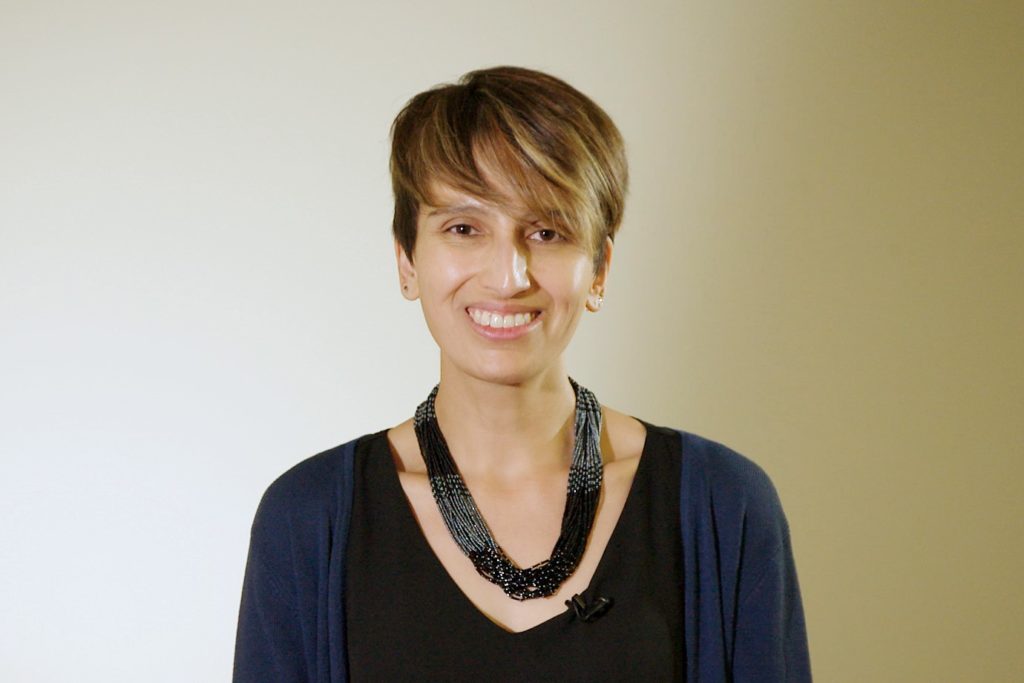At the forefront of public health during a global pandemic, Dr Shopna Bag has gained valuable insight into what it takes to be an effective leader.
As a public health physician, she’s been leading the pandemic response program over the past two years as Public Health Unit Director for the Western Sydney Local Health District (WSLHD).
Dr Bag understands the Western Sydney community well. It’s where she started her public health career in 2011 as a public health registrar, moving from the CIDM lab in Westmead Hospital to the Western Sydney Public Health Unit and then to a secondment to the AHMRC in Surry Hills until finally going to NCIRS in Westmead.
At WSLHD, she was the Communicable Diseases CMO for the Public Health Unit from 2014 before becoming Public Health Unit Director in 2017 and has collaborated with multiple clinical and non-clinical partners to ensure public health programs support the needs of the highly diverse community. Currently, she works as WSLHD’s Acting Director for Population Health.
As part of an event with Franklin Women called, Women in Leadership and the Covid-19 Response, Dr Bag reflected upon the last 2 years and how her leadership was called upon.
Here, Dr Bag shares the most rewarding parts of being a leader in public health, how she saw the pandemic affect leadership opportunities for women and her advice for women looking to make big impacts.
Can you describe your role over the past two years and how you were called upon as a leader in your field during the COVID-19 pandemic?
For the past two years, I was the Public Health Unit Director for Western Sydney. My role was very much meeting the public health response to Covid and working in collaboration with two very experienced leaders in population health at the Centre for Population Health. Since then, I’ve changed roles and am currently working as the Population Health Director.
How has your work in the Western Sydney Local Health District (WSLHD) contributed to protecting public health during the COVID-19 pandemic response (especially since the big outbreak in Sydney in 2021 was in Western Sydney)?
In my role as Public Health Director, I needed to be a point of contact because, in applying the public health response, it wasn’t just about the contact tracing and the local response in the community– it was also about asking, ‘How do we as a district, ensure that our staff and our patients and our systems can continue to function and apply the public health policies legislation and protections in order to continue to keep the system going?’ One of the key things I was called upon to do was figure out how to ensure that all patients coming through the emergency department or into the hospital systems were not going to create outbreaks. There were things in place to ensure staff were protected, patients got the care they needed and that the system was abiding with all the public health policy information coming out of the ministry and part of that was interpreting themes and applying a public health lense.
What has been most rewarding about having such a pivotal role in ensuring that public health programs support the needs of the WSLHD’s diverse community?
I think my management style is more of a collaborative team-based approach. I am a people person. I relate to people quite well and feel that is probably one of the most rewarding things to have come through the past couple of years– the opportunity to build relationships and work across so many different networks. Clinical links have been something I’ve never had before. Suddenly, clinicians knew of me or I’d have to help them with contact tracing within their department and I felt like my reputation was starting to build and lift and I was seen as someone who they could rely on.
We [public health professionals] are out in the community and not often seen within the centre of hospitals. Public health as a profession was now suddenly in the light.
The other most rewarding part was that I was representing and part of a team who worked very collaboratively.
In what ways did you see women’s leadership in the Australian COVID-19 response become vital to better community health outcomes?
It was just apparent that they were the key leaders in our public health sphere and the people who the community was trusting in New South Wales was Kerry [Chief Health Officer, Dr. Kerry Chant] and even before that, Gladys [former NSW Premier Gladys Berejiklian]. Whatever political affiliation or preference people hold, I think it was very clear that there was a respect and a recognition of the role and the expertise that we had in women leaders.
The pandemic has highlighted that there are a lot of amazing women out there and a majority of the workforce are women and they’re just as capable of working through very challenging situations.
Have you seen the pandemic change typical leadership hierarchies for women who want to have their innovative ideas heard and acted upon?
There are a lot of women out there in science, health and public health– they make up a huge part of our health workforce. Therefore, in a pandemic with health needs surging, the leadership team will be majority women. Hopefully, it just cemented the place that even in such top roles, we need to see women leaders and have that representation.
While making big impacts for others through your public health work, what steps, if any, have you taken to prioritise your own health and mental wellbeing?
I sacrificed a lot but I was also very lucky. I couldn’t have done this without my husband who was the most supportive person and completely values my role as a leader and was pushing me to thrive.
Every weekend we do FaceTime with my family as a group call.
I’ve learned that you do need to look after yourself. Sometimes it’s okay to focus on work if that gives you joy but at the same time, that needs to come with balance. I’ve learned to shut the phone off better. I’ve learned to give myself boundaries.
You can’t really do it alone. I have amazing friends who would send me text messages and bottles of wine or just some flowers. I had another friend who organised meals for us. It’s just those little things that make you realise other people are looking after you and remind you to do things for yourself.
What advice would you give other women looking to push past stereotypes and become leaders in the public health sector?
Your capability and your strength as a leader are respected. I think your capability speaks volumes. It’s also about being a compassionate and empathetic but also fair leader. If you’re a good leader, whatever your style is, that respect will come.
I also think that you need to take on challenges. When you feel like you’re not really sure if you should do it or not– the only way you’ll really know is to try. And finding a mentor– someone you can look up to or help you work through things.
Some people might be in fear of stereotypes and use that to put up barriers around themselves but you need to be conscious that whatever it is, you can find a way. But make sure you’re looking after yourself because it shouldn’t come at a detriment– if it’s not working for you, then find another pathway.


